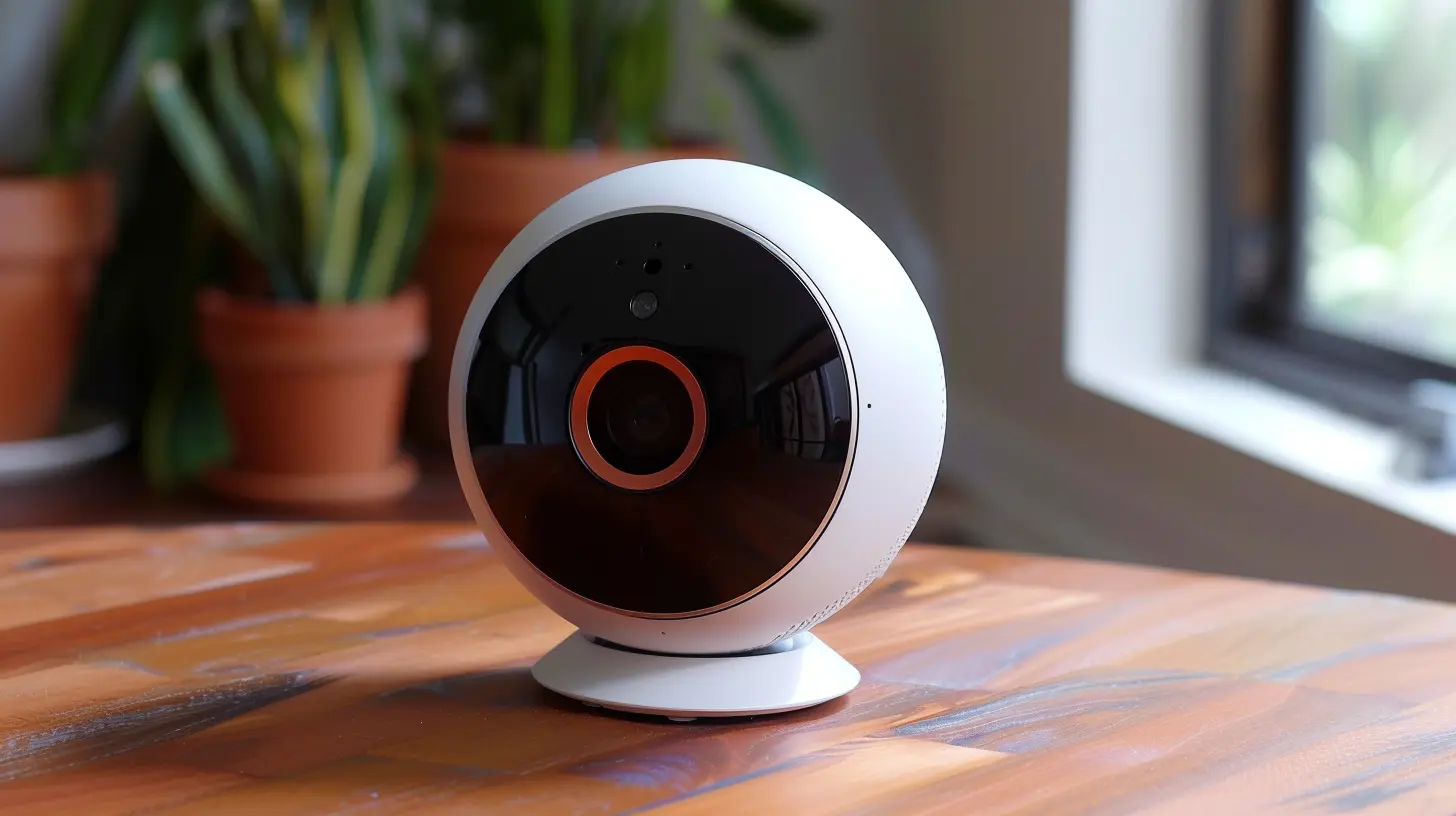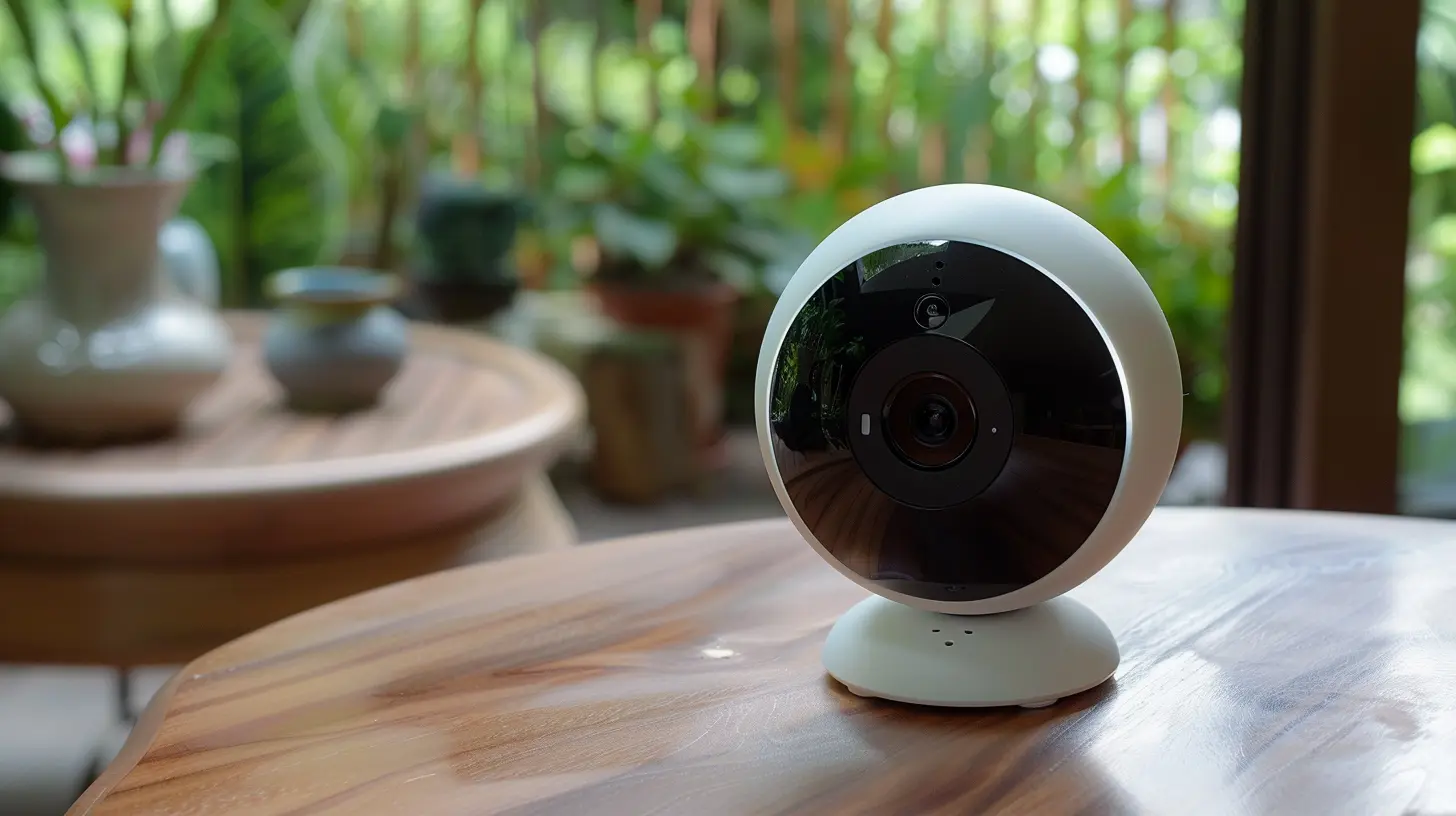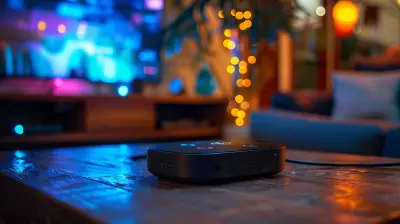A Guide to Building Your Own Smart Security Camera
27 November 2025
Let’s face it—home security is something we all care about, but not all of us want to drop hundreds of dollars on a fancy smart security system. Good news? You don’t have to! With a little tech know-how and some affordable parts, you can build your own smart security camera that'll give those high-end brands a run for their money.
Whether you want to monitor your front porch, keep an eye on your pets, or simply geek out over a DIY tech project, this guide is going to walk you through everything you need to build a smart security camera from scratch. And trust me, it’s way easier (and way more fun) than it sounds.

Why Build Your Own Smart Security Camera?
Before we jump into the nuts and bolts, let’s quickly talk about why you’d even want to build your own camera in the first place.Save Money
Pre-built smart cameras can cost a small fortune. But building your own? You can often set up a decent one for under $50. Enough said.Full Customization
Want motion detection? Night vision? Cloud storage? You’re the boss. By going DIY, you get to choose exactly what features you want—and leave out the fluff.Learn Something New
This is a fantastic project if you’re into tech, coding, or electronics—or just want to try something cool on the weekend.No Subscriptions
Tired of being nickeled and dimed for storage or advanced features? When you build it yourself, there are no hidden fees. What you see is what you get.
What You’ll Need to Get Started
Alright, let's roll up our sleeves. Here’s a shopping list to get started. Most of the parts are super affordable and easy to find online.🧰 Hardware
- Raspberry Pi (Model 3B+ or 4 is ideal)This tiny computer is the brain of your smart camera.
- Raspberry Pi Camera Module or USB Webcam
Either works, but the camera module connects directly to the Pi for better integration.
- MicroSD Card (16GB or more)
You’ll need this to run the software and store footage.
- Power Supply (5V, 2.5A for Pi 3, 3A for Pi 4)
Keeps your Pi juiced up and running nonstop.
- Enclosure or Case
Optional, but it helps protect your gear from dust, debris, or the occasional coffee spill.
- Wi-Fi dongle (if you're using an older Pi without built-in Wi-Fi)
- Optional: IR LEDs for Night Vision
Want to see in the dark? You'll need these.
💻 Software
- Raspberry Pi OS (formerly Raspbian)The official operating system for the Pi.
- MotionEye OS or MotionEye Software
A super simple, open-source video surveillance program.
- SSH Client (like PuTTY)
So you can control your Pi remotely.
Step-by-Step: Building Your Smart Security Camera
Now that we've got the parts sorted, let's bring this baby to life.1. Install Raspberry Pi OS on Your SD Card
First things first—your Raspberry Pi needs an operating system.- Download the Raspberry Pi Imager from the official Raspberry Pi website.
- Plug in your SD card and choose Raspberry Pi OS Lite (you don’t really need the desktop version).
- Flash it onto your card, pop it into your Pi, and boot it up.
2. Enable SSH and Connect Your Pi
Before we go further, we need to be able to control the Pi remotely.- After flashing, add a blank file named `ssh` (no extension) to the root directory of the SD card.
- Boot up the Pi and find its IP address via your router.
- Use PuTTY (on Windows) or Terminal (on macOS/Linux) to SSH into the Pi.
bash
ssh pi@
The default password is usually `raspberry`.
3. Update Your Pi
Run these commands to make sure everything's up to date:bash
sudo apt update
sudo apt upgrade -y
Better to be safe than sorry, right?
4. Install MotionEye
Here’s where the magic happens. MotionEye is the software that turns your Pi into a surveillance machine.bash
sudo apt install ffmpeg libmariadb3 libpq5 libmicrohttpd12
Then install MotionEye:
bash
sudo apt install motion
Now download and install the MotionEye packages (check the latest ones from the official GitHub page or documentation):
bash
wget https://github.com/ccrisan/motioneye/releases/download/.../motioneye-xyz.deb
sudo dpkg -i motioneye-xyz.deb
Once installed, enable it to start on boot:
bash
sudo systemctl enable motioneye
sudo systemctl start motioneye
Boom. Your security camera brain is online.
5. Access the Web Interface
Open your browser and type:
http://:8765
The default username is `admin` and the password is blank. You’ll want to change that, obviously.
6. Add Your Camera
In the MotionEye dashboard, click “Add Camera” and select your camera device. If you're using a Raspberry Pi Camera Module, it'll be listed as something like `/dev/video0`.Once added, you can configure settings like:
- Frame rate
- Video resolution
- Motion detection sensitivity
- File storage locations
7. Fine-Tune Your Setup
Now the fun part—customizing your system.Motion Detection
Enable it, set the sensitivity, and even choose specific zones to monitor. That way, a squirrel won’t trigger an alert every five seconds.Notifications
Set up email alerts or webhooks to notify you when motion is detected.Cloud Storage
You can configure your camera to upload footage to cloud platforms like Google Drive or Dropbox. Just don’t forget about storage limits.Remote Access
Want to access your camera feed from anywhere in the world? Set up port forwarding on your router, or use a dynamic DNS service.
Extra Features Worth Adding
Once you’ve got the basics down, there are a few sweet upgrades to consider.Night Vision
If you grab some cheap IR LEDs, your Pi camera can see in the dark like a champ.Two-Way Audio
Add a USB mic and speaker to interact with people (or pets) through your camera. Think baby monitor meets intercom.Facial Recognition
Want to really flex? Integrate OpenCV and facial recognition libraries to identify familiar faces. Warning: this will take the project from beginner to advanced territory.Power Over Ethernet (PoE)
If you hate running multiple cables, use PoE hats or adapters to power your Pi and send data over a single Ethernet cable.Solar Power
Want a truly wireless outdoor setup? Attach a small solar panel with a power bank. Eco-friendly and tech-savvy? Yes, please.Common Mistakes to Avoid
We’ve all been there. Here are a few gotchas to watch out for:- Overheating: Stick your Pi in a ventilated case. Don’t stuff it in a drawer.
- Power Woes: Make sure your power supply is strong enough. Underpowered Pis behave erratically.
- Wi-Fi Drops: Use Ethernet if you can, or make sure your router is close enough.
- Storage Overload: If you’re filming all day, every day, storage fills up fast. Set limits or auto-delete older files.
Why You'll Love the DIY Route
Once everything’s up and running, you’ll get that sweet rush of satisfaction that only comes from building something awesome with your own two hands. It’s like the IKEA of security cameras—only way cooler and without the missing screws.Plus, you can tinker and expand whenever you feel like it. Want to link it up with your smart lights or Alexa? Go for it. It’s your camera, your rules.
Final Thoughts
Building your own smart security camera is one of those rare projects that combines practicality with nerdy fun. You save money, stay safe, and pick up some handy skills along the way. And the best part? You don’t need to be a coding wizard or electronics guru to pull it off.By following the steps in this guide, you’ve not just created a custom security solution—you’ve proven that the DIY spirit is very much alive and kicking.
So, what are you waiting for? Grab that Raspberry Pi and let’s get building. Your smart home security system is just a few steps away.
all images in this post were generated using AI tools
Category:
Tech TutorialsAuthor:

Vincent Hubbard
Discussion
rate this article
1 comments
Aaron Brooks
This guide offers a comprehensive overview for DIY enthusiasts looking to build a smart security camera. It covers essential components, step-by-step setup, and software integration, empowering users to enhance home security with customizable features.
November 28, 2025 at 4:14 AM


